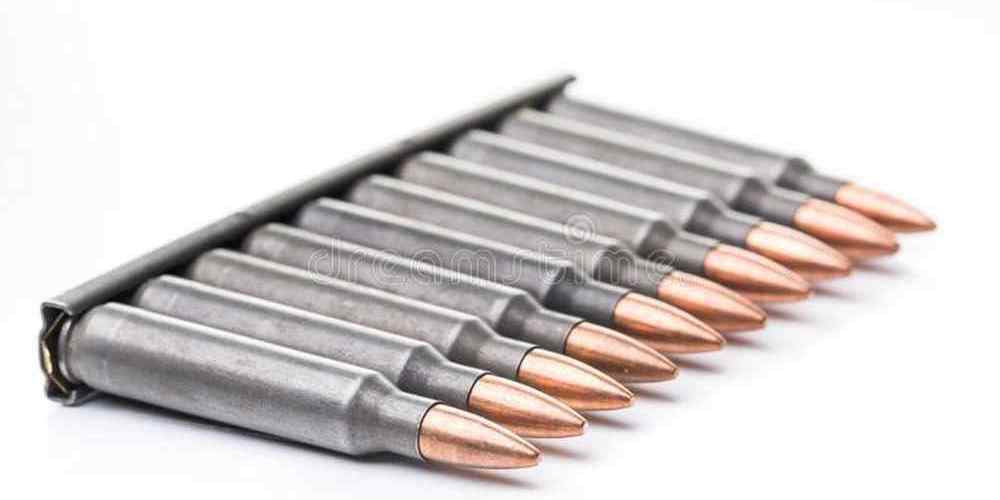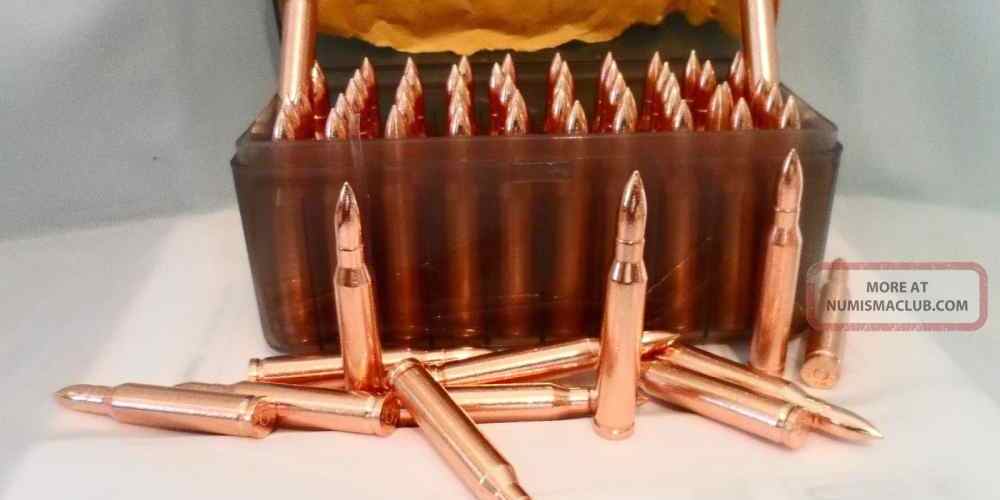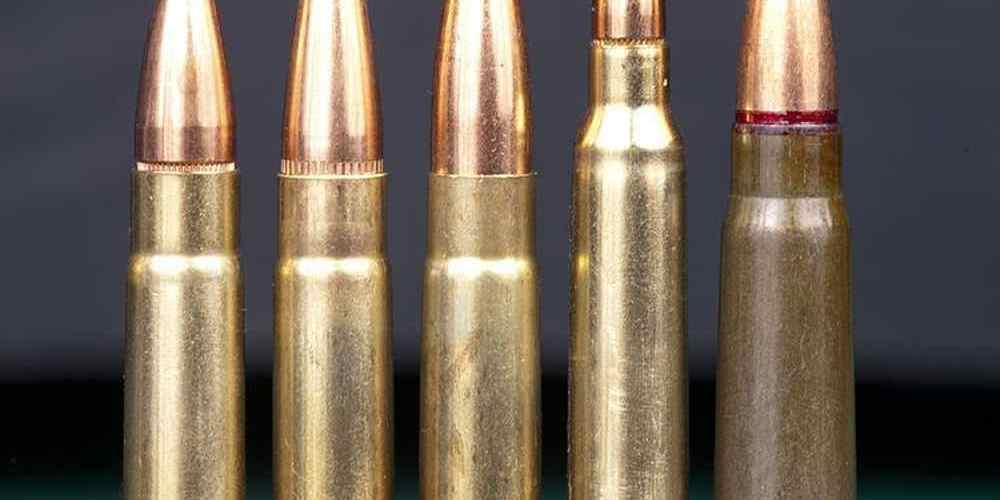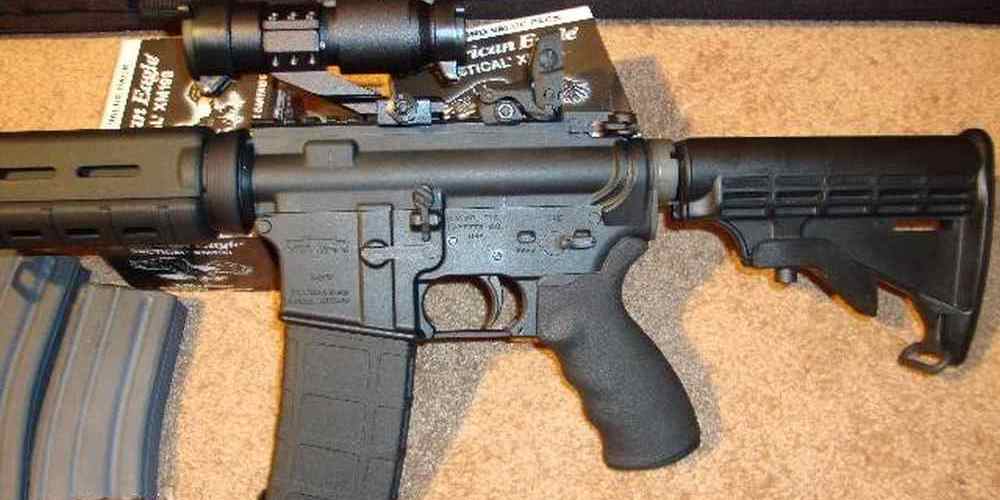“Precision engineering for maximum impact.”
Jacketed Hollow Point Bullets
When it comes to selecting the right ammunition for your AR15, understanding how bullet construction impacts terminal ballistics is crucial. One popular type of bullet construction for AR15 ammo is the jacketed hollow point (JHP) bullet. These bullets are designed to expand upon impact, creating a larger wound channel and transferring more energy to the target. This can result in quicker incapacitation of the target, making JHP bullets a popular choice for self-defense and hunting applications.
The construction of a JHP bullet is what sets it apart from other types of ammunition. The bullet is typically made up of a lead core that is surrounded by a copper jacket. The hollow point at the tip of the bullet is designed to allow for controlled expansion upon impact. When the bullet strikes a target, the hollow point is forced open, causing the bullet to mushroom and create a larger wound channel.
One of the key benefits of JHP bullets is their ability to transfer more energy to the target upon impact. This is due to the controlled expansion of the bullet, which creates a larger wound channel and increases the likelihood of hitting vital organs or blood vessels. This can be especially important in self-defense situations, where stopping power is crucial.
In addition to their stopping power, JHP bullets also tend to penetrate less than other types of ammunition. This can be beneficial in situations where over-penetration is a concern, such as in home defense scenarios. By expanding upon impact, JHP bullets are less likely to pass through a target and cause collateral damage.
Another advantage of JHP bullets is their ability to perform well at a variety of velocities. Whether you are shooting at close range or long distance, JHP bullets are designed to expand reliably and consistently. This makes them a versatile choice for a wide range of shooting applications.
It is important to note that not all JHP bullets are created equal. The design and construction of the bullet can impact its performance, so it is important to choose a high-quality JHP bullet from a reputable manufacturer. Look for bullets that are designed for reliable expansion and consistent performance, as these factors can greatly impact terminal ballistics.
In conclusion, jacketed hollow point bullets are a popular choice for AR15 ammunition due to their ability to expand upon impact, transfer more energy to the target, and penetrate less than other types of ammunition. When selecting JHP bullets for your AR15, be sure to choose a high-quality option from a reputable manufacturer to ensure reliable performance. Whether you are using your AR15 for self-defense or hunting, JHP bullets can provide the stopping power you need to effectively neutralize your target.
Full Metal Jacket Bullets
When it comes to AR15 ammunition, the type of bullet construction plays a crucial role in determining its terminal ballistics. Full metal jacket (FMJ) bullets are a popular choice for many shooters due to their affordability and reliability. However, it’s important to understand how FMJ bullets behave upon impact to make an informed decision about their use.

FMJ bullets are constructed with a soft lead core that is encased in a harder metal jacket, typically made of copper. This design helps the bullet maintain its shape and integrity as it travels through the barrel of the gun and upon impact with a target. The jacket also reduces lead fouling in the barrel, which can improve accuracy and extend the life of the firearm.
One of the key characteristics of FMJ bullets is their tendency to penetrate deeply into a target without expanding or fragmenting. This can be both an advantage and a disadvantage, depending on the intended use of the ammunition. For target shooting or training purposes, deep penetration is desirable as it allows shooters to punch clean holes in paper or steel targets. However, in a self-defense or hunting scenario, over-penetration can be a concern as it may result in reduced stopping power and potential collateral damage.
FMJ bullets are known for their relatively poor terminal ballistics compared to other types of ammunition. Upon impact, the bullet tends to pass through the target without transferring much energy, which can limit its effectiveness in stopping a threat. This is due to the lack of expansion or deformation of the bullet upon impact, which reduces the size of the wound cavity and the amount of tissue damage caused.
Despite their limitations, FMJ bullets are still widely used in military and law enforcement applications due to their reliability and cost-effectiveness. They are also commonly used by civilian shooters for target practice and training purposes. When selecting FMJ ammunition for your AR15, it’s important to consider the intended use of the ammunition and the specific requirements of your shooting scenario.
In conclusion, the construction of FMJ bullets has a significant impact on their terminal ballistics and performance. While FMJ bullets offer advantages such as deep penetration and reliability, they also have limitations in terms of terminal ballistics and stopping power. Understanding the characteristics of FMJ bullets can help shooters make informed decisions about their use and select the most appropriate ammunition for their needs. Whether you’re a recreational shooter, a law enforcement officer, or a hunter, it’s important to consider the pros and cons of FMJ bullets when choosing ammunition for your AR15.
Soft Point Bullets
When it comes to choosing the right ammunition for your AR15 rifle, one of the key factors to consider is bullet construction. The design and materials used in the construction of a bullet can have a significant impact on its terminal ballistics, or how it performs upon impact with a target. In this article, we will take a closer look at soft point bullets and how they can affect the performance of your AR15 ammo.
Soft point bullets, also known as expanding bullets, are a popular choice for hunting and self-defense applications. These bullets feature a lead core that is partially exposed at the tip, with a jacket that covers the rest of the bullet. When the bullet strikes a target, the exposed lead core is designed to expand, creating a larger wound channel and transferring more energy to the target.
One of the key advantages of soft point bullets is their ability to expand upon impact. This expansion helps to increase the bullet’s stopping power and can result in quicker and more humane kills when hunting game animals. Additionally, the larger wound channel created by the expanded bullet can cause more damage to vital organs, increasing the likelihood of a quick and clean kill.
Soft point bullets are also less likely to over-penetrate a target compared to full metal jacket bullets. This can be particularly important in self-defense situations, where over-penetration can pose a risk to bystanders. By expanding upon impact, soft point bullets are more likely to expend their energy within the target, reducing the risk of collateral damage.
In terms of terminal ballistics, soft point bullets are known for their ability to create a controlled expansion that maximizes energy transfer to the target. This can result in more effective stopping power and a quicker incapacitation of the target. Additionally, the larger wound channel created by the expanded bullet can cause more severe tissue damage, increasing the likelihood of a quick and humane kill.
It is important to note that the performance of soft point bullets can vary depending on the specific design and construction of the bullet. Factors such as bullet weight, velocity, and the thickness of the jacket can all impact how a soft point bullet performs upon impact. It is always recommended to test different types of soft point bullets to determine which ones work best for your specific needs and preferences.
In conclusion, soft point bullets are a popular choice for AR15 owners looking for ammunition with good terminal ballistics. Their ability to expand upon impact, create a larger wound channel, and transfer more energy to the target make them an effective choice for hunting and self-defense applications. By understanding how bullet construction impacts terminal ballistics, you can make an informed decision when selecting ammunition for your AR15 rifle.
Polymer-Tipped Bullets
When it comes to AR15 ammunition, the type of bullet construction plays a crucial role in determining its terminal ballistics. One popular type of bullet construction that has gained traction in recent years is polymer-tipped bullets. These bullets are designed with a polymer tip that helps improve their ballistic performance and terminal ballistics.
Polymer-tipped bullets are known for their aerodynamic design, which allows them to maintain a stable flight path and deliver consistent accuracy. The polymer tip also helps to initiate expansion upon impact, which can lead to increased energy transfer and better terminal performance. This can be especially important when hunting game or engaging targets at longer distances.
One of the key benefits of polymer-tipped bullets is their ability to retain weight upon impact. This is due to the polymer tip helping to initiate controlled expansion, which prevents the bullet from fragmenting and losing mass. As a result, polymer-tipped bullets can penetrate deeper into the target, delivering more energy and creating a larger wound cavity.
In addition to weight retention, polymer-tipped bullets are also known for their high ballistic coefficients. This means that they experience less drag and retain velocity better than traditional bullets, resulting in flatter trajectories and improved long-range performance. This can be particularly advantageous for shooters looking to engage targets at extended distances with their AR15 rifles.
Another advantage of polymer-tipped bullets is their ability to provide reliable terminal performance across a wide range of velocities. Whether shooting at close range or pushing the limits of your rifle’s capabilities, polymer-tipped bullets can deliver consistent expansion and energy transfer. This makes them a versatile choice for a variety of shooting applications.
It’s important to note that not all polymer-tipped bullets are created equal. Some manufacturers may use different materials or designs for their polymer tips, which can impact their terminal ballistics. It’s always a good idea to test different brands and loads to find the best-performing polymer-tipped bullets for your specific rifle and shooting needs.
In conclusion, polymer-tipped bullets offer several advantages when it comes to AR15 ammunition terminal ballistics. Their aerodynamic design, weight retention, high ballistic coefficients, and reliable terminal performance make them a popular choice among shooters looking to maximize the performance of their rifles. Whether hunting game or hitting targets at long range, polymer-tipped bullets can help you achieve the accuracy and effectiveness you desire. So next time you’re shopping for AR15 ammunition, consider giving polymer-tipped bullets a try and experience the difference for yourself.
Solid Copper Bullets
When it comes to choosing the right ammunition for your AR15, there are a lot of factors to consider. One of the most important aspects to think about is the construction of the bullet itself. The design and materials used in the construction of a bullet can have a significant impact on its terminal ballistics, or how it performs upon impact with a target.
Solid copper bullets have become increasingly popular in recent years due to their superior performance compared to traditional lead-core bullets. Solid copper bullets are made entirely of copper, which is a denser and harder material than lead. This allows for better weight retention and penetration upon impact, making them ideal for hunting and self-defense applications.
One of the key benefits of solid copper bullets is their ability to penetrate through barriers such as bone and thick hide. The hardness of copper allows the bullet to maintain its shape and momentum upon impact, ensuring deep penetration into the target. This can be crucial when hunting larger game or defending yourself in a life-threatening situation.
In addition to their superior penetration, solid copper bullets also tend to expand more reliably upon impact. This expansion creates a larger wound cavity, increasing the chances of hitting vital organs and stopping the threat quickly. The controlled expansion of solid copper bullets also helps to transfer more energy to the target, maximizing stopping power.
Another advantage of solid copper bullets is their ability to retain weight throughout penetration. Traditional lead-core bullets can fragment upon impact, losing mass and reducing penetration. Solid copper bullets, on the other hand, are less likely to fragment, ensuring that they retain their weight and momentum for deeper penetration.
Solid copper bullets are also environmentally friendly, as they do not contain any lead. Lead is a toxic substance that can contaminate the environment and pose health risks to humans and wildlife. By using solid copper bullets, shooters can reduce their impact on the environment and help protect wildlife and ecosystems.
Overall, solid copper bullets offer superior performance in terms of penetration, expansion, weight retention, and environmental impact. Their construction plays a crucial role in their terminal ballistics, making them a popular choice for shooters looking for reliable and effective ammunition for their AR15.
In conclusion, the construction of a bullet has a significant impact on its terminal ballistics. Solid copper bullets offer superior performance compared to traditional lead-core bullets, with better penetration, expansion, weight retention, and environmental friendliness. If you’re looking for high-quality ammunition for your AR15, solid copper bullets are definitely worth considering.






